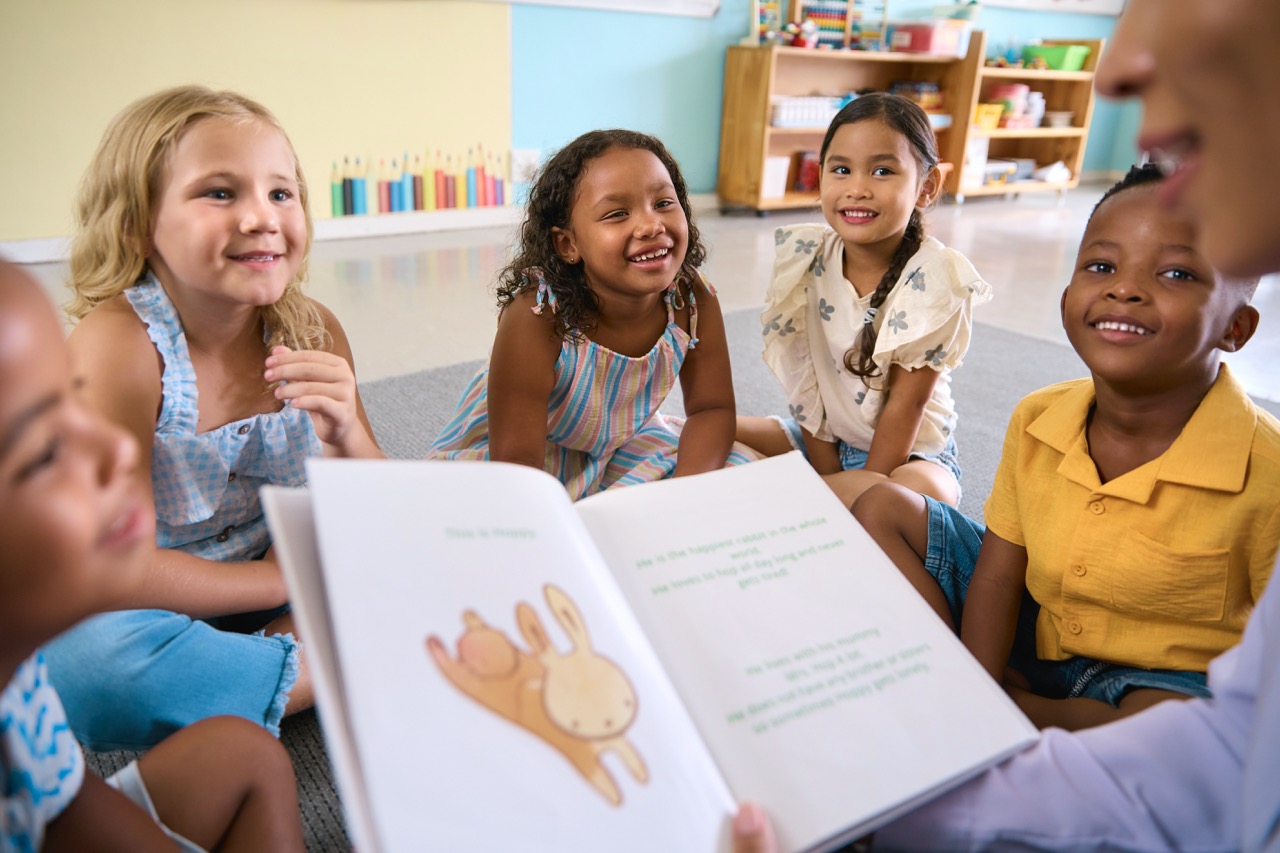In a world overflowing with technological advancements and rapid changes in societal norms, the enduring nature of classic fables serves as a reminder of the value of storytelling in imparting wisdom and ethical principles. These tales, often simple in structure yet profound in meaning, have transcended their original contexts to remain relevant in contemporary society. From Aesop’s fables to other global stories, these narratives continue to resonate with audiences of all ages, demonstrating that the lessons they impart are timeless. This article explores the significance of classic fables in our lives today, highlighting their moral teachings, relevance, educational value, intergenerational connections, and their influence on modern creators.
Timeless Morals: Lessons from Classic Fables
Classic fables are renowned for their straightforward and memorable morals, often encapsulated in a single sentence. Tales like "The Tortoise and the Hare" teach the value of perseverance over arrogance, while "The Boy Who Cried Wolf" emphasizes the consequences of dishonesty. These lessons are not merely abstract ideals; they are practical truths that can guide individuals in their daily lives. The simplicity of these narratives allows them to be easily understood and retained, making them effective tools for delivering complex societal values.
Moreover, the morals conveyed through fables often reflect universal human experiences, allowing people from diverse backgrounds to relate to their messages. This universality speaks to the core of human nature, reminding us that virtues such as honesty, humility, and hard work are relevant across cultures and eras. In a time when ethical dilemmas abound in personal and professional spheres, revisiting these classic tales can provide clarity and perspective, encouraging individuals to make decisions aligned with these enduring values.
Lastly, the straightforward nature of fables means that they can be readily adapted to suit different contexts, retaining their moral core while providing fresh insights. As societies evolve, the application of these age-old lessons can shift, helping to reinforce the notion that while the world may change, the principles of right and wrong often stay the same. This adaptability ensures that classic fables remain vital in teaching moral lessons to future generations.
The Enduring Relevance of Aesop’s Tales in Modern Life
Aesop’s fables, among the most recognized, continue to hold a mirror to contemporary society, highlighting issues still prevalent today. For example, "The Fox and the Grapes" illustrates the concept of cognitive dissonance and rationalization, a phenomenon frequently encountered in modern consumer culture. People often dismiss what they cannot attain, reflecting a psychological defense mechanism that remains relevant in our pursuit of success and happiness.
Furthermore, Aesop’s stories often delve into themes of power dynamics and social justice, showcasing the plight of the underdog. In an age where discussions surrounding equity and privilege are at the forefront of social discourse, these narratives serve as poignant reminders of the importance of fairness and justice. They prompt us to reflect on our own biases and the systems that govern our lives, encouraging an examination of how we treat others, especially those less fortunate.
In this way, Aesop’s fables not only entertain but also challenge readers to engage with pressing social issues critically. By highlighting the flaws in human behavior and the consequences of our actions, these tales encourage us to cultivate a more just and compassionate society. The timeless nature of these stories ensures they remain relevant as tools for reflection and growth, allowing us to learn from the mistakes of the past and apply those lessons to our future endeavors.
Fables as Tools for Teaching Empathy and Ethics
Fables are more than just entertaining stories; they serve as powerful instruments for teaching empathy and ethics. Through relatable characters and situations, fables enable readers to step into the shoes of others, fostering emotional understanding. The experiences of characters, such as the struggles of the ant in "The Ant and the Grasshopper," invite reflections on responsibility and the consequences of one’s choices, allowing readers to relate to feelings of regret or pride.
Moreover, the ethical dilemmas faced by characters in fables encourage discussions about moral complexities in real life. By analyzing the decisions made by the characters, readers can engage in dialogues about right and wrong, developing their moral compass in the process. These narratives often present scenarios without clear-cut solutions, urging readers to consider multiple perspectives, which is essential for fostering ethical reasoning and compassionate decision-making.
In educational settings, the use of fables can enhance social-emotional learning by promoting self-awareness and interpersonal skills. Teachers can facilitate group discussions around the themes and morals of fables, helping students articulate their thoughts and feelings while practicing empathy towards others. This process not only reinforces the lessons within the stories but also cultivates a community of understanding and respect, vital for nurturing future generations of thoughtful and empathetic individuals.
Connecting Generations: Sharing Stories Across Time
Classic fables have a unique ability to connect generations, allowing stories to be shared across age groups and cultures. Grandparents recounting tales from their youth to curious grandchildren create bonds that transcend the boundaries of time. These stories often serve as a starting point for meaningful conversations about values, ethics, and life lessons, fostering a sense of continuity and shared wisdom within families.
Furthermore, the adaptability of fables means they can be tailored to suit the understanding and interests of different age groups. While younger children may enjoy the simple narratives and colorful illustrations, older audiences can engage with the deeper implications and moral complexities presented in the tales. This versatility ensures that fables can remain relevant and appealing, sparking interest and discussion among diverse audiences.
In a world where technology often creates barriers between generations, classic fables serve as a bridge, reminding us of our shared humanity. They provide a platform for dialogue and reflection, encouraging familial bonds and intergenerational learning. In an era where the pace of life can lead to disconnection, these timeless stories play a pivotal role in nurturing relationships and preserving cultural heritage, enriching the lives of both the tellers and the listeners.
Fables in Education: Enhancing Critical Thinking Skills
Incorporating fables into educational curricula can significantly enhance critical thinking skills among students. The simplicity of these stories, paired with their moral lessons, invites learners to analyze character motivations and the consequences of actions. For instance, when discussing "The Goose That Laid the Golden Eggs," students can explore themes of greed versus gratitude, fostering critical discussions about decision-making and its implications.
As students engage with the narratives, they are encouraged to think beyond the surface, questioning the morals presented and relating them to their own experiences. This level of analysis promotes higher-order thinking, as learners must synthesize information, evaluate different perspectives, and draw connections to real-life situations. By grappling with the ethical dilemmas present in fables, students develop essential skills that empower them to navigate complex moral landscapes in their lives.
Moreover, fables can serve as a springboard for creative projects and discussions that encourage collaboration and communication. Students can retell fables from alternative perspectives, create modern adaptations, or even develop their own morals based on contemporary issues. This active engagement with the material fosters a deeper understanding of both the content and the skills necessary for critical thinking, making fables an invaluable resource in the educational landscape.
Reviving Interest: How Fables Inspire Today’s Creators
In recent years, there has been a resurgence of interest in classic fables, inspiring modern creators across various mediums. Authors, filmmakers, and artists are drawing from these timeless narratives to craft new stories that resonate with contemporary audiences. This revival reflects a recognition of the intrinsic value found in the morals and themes present in these age-old tales, providing a rich source of inspiration for innovation.
Contemporary adaptations of fables often infuse modern issues and diverse perspectives, making them more relatable to today’s readers. By reimagining characters and settings, creators breathe new life into these narratives while maintaining the core messages that have made them enduring. This process not only honors the original tales but also opens up discussions about relevance, allowing audiences to see the connections between past and present.
Moreover, the integration of fables into popular culture highlights their flexibility and appeal. From animated films to graphic novels, these stories are being transformed into engaging formats that captivate new generations. This creative interplay between the old and the new ensures that classic fables remain alive in the collective consciousness, fostering a renewed appreciation for the lessons they impart and inspiring future storytellers to carry the torch forward.
In conclusion, classic fables continue to hold significant relevance in our rapidly changing world. Their timeless morals offer valuable lessons for navigating the complexities of modern life, while their ability to foster empathy, critical thinking, and intergenerational connections reinforces their place in education and family traditions. As contemporary creators draw inspiration from these narratives, classic fables showcase their enduring power to shape our understanding of ethics and humanity. By preserving and sharing these stories, we not only honor our past but also enrich our present and future, ensuring that the wisdom of classic fables continues to guide us on our journey through life.










